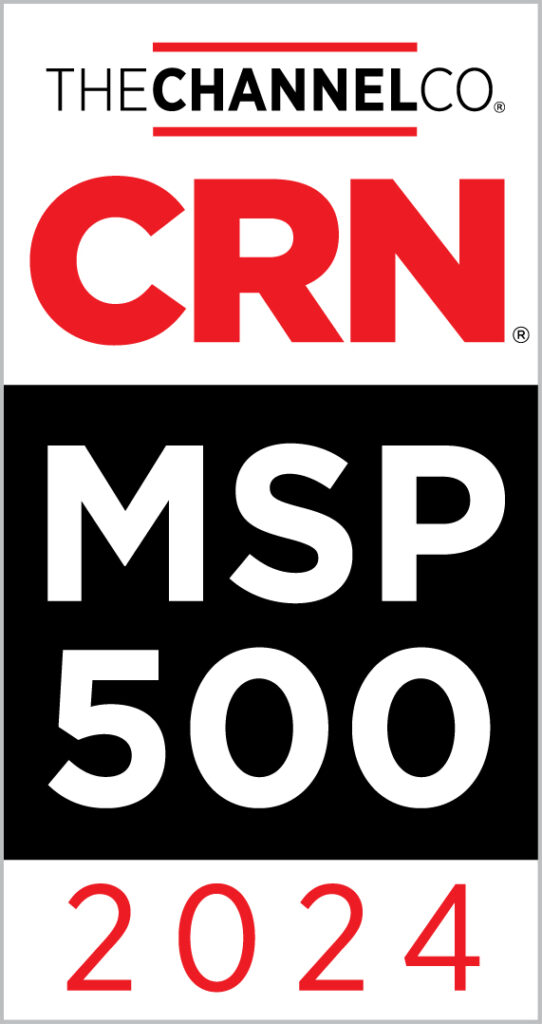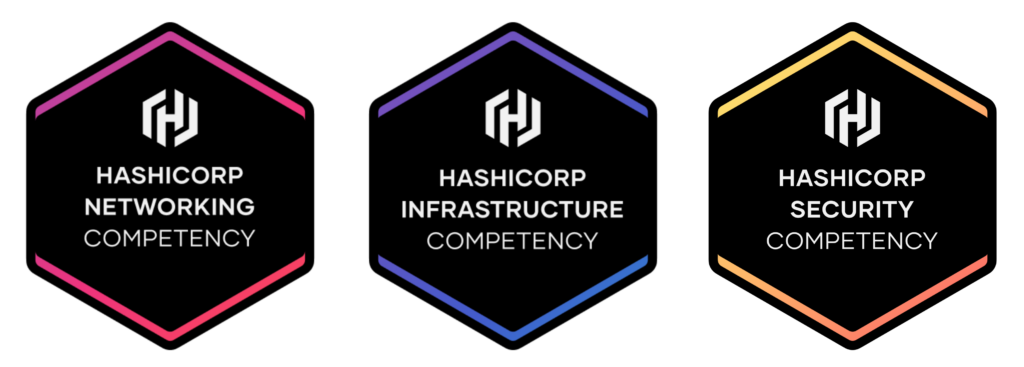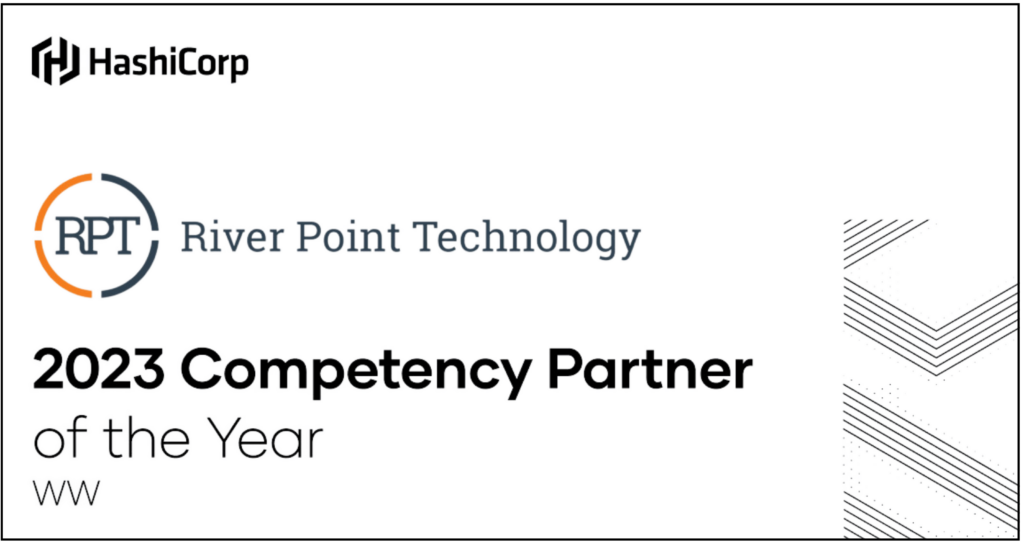February 12, 2024 — River Point Technology (RPT), announced today that CRN®, a brand of The Channel Company, has named RPT to its Managed Service Provider (MSP) 500 list in the Elite 150 category for 2024.

The MSP 500 list compiled by CRN serves as a comprehensive guide to identifying and recognizing the top Managed Service Providers (MSPs) in North America. MSPs play a crucial role in supporting businesses by offering managed services that enhance efficiency, simplify IT solutions, and optimize return on investment.
The annual MSP 500 list is divided into three sections: the MSP Pioneer 250, recognizing companies with business models weighted toward managed services and largely focused on the SMB market; the MSP Elite 150, recognizing large, data center-focused MSPs with a strong mix of on- and off-premises services; and the Managed Security 100, recognizing MSPs focused primarily on off-premises and cloud-based security services.
The MSP 500 list aims to showcase and celebrate MSPs that are driving growth and innovation in the industry. These service providers not only enable businesses to harness complex technologies but also contribute to maintaining a strong focus on core business goals without stretching financial resources. By categorizing MSPs based on their business models and areas of expertise, the list helps end-users find the right partners to meet their specific needs and challenges in the rapidly evolving technology landscape.
River Point Technology is a recognized leader in cloud and DevOps services, supporting Fortune 500 companies in accelerating digital transformation and pushing boundaries. Our dedicated team of engineers and architects makes deploying, integrating, and managing new technology easier by providing cutting-edge custom solutions. We also help organizations achieve ongoing success and maximize the value of their technology investments through top-notch enablement programs.
Jennifer Follett, VP of US Content and executive Editor CRN, T he Channel Company, emphasized the significance of managed services for businesses at various scales, stating, “Managed services provide a route for businesses of all sizes to maintain efficiency and adaptability throughout their growth journey. The solution providers featured in our 2024 MSP 500 list are introducing cutting-edge managed services portfolios to the market, enabling their clients to achieve success by optimizing their IT budgets. This allows businesses to allocate resources strategically, concentrating on mission-critical tasks that drive future success.”

“Our core value is driving successful outcomes for our customers, so it is satisfying to see this being acknowledged by our inclusion on the CRN MSP500 list as an Elite 150 partner. I am incredibly proud of our team for their dedication and commitment to being the best in their craft which allows us to bring this value to our customers. We will continue to innovate and humanize technology by leveraging our Value Creation Technology process.” said RPT’s owner and CEO Jeff Eiben.
The MSP 500 list will be featured in the February 2024 issue of CRN and online at www.crn.com/msp500.
About River Point Technology
River Point Technology (RPT) is an award-winning cloud and DevOps service provider that helps Fortune 500 companies accelerate digital transformation and redefine what is possible. Our passionate team of engineers and architects simplify the deployment, integration, and management of emerging technology by delivering state-of-the-art custom solutions. We further position organizations to experience Day 2 success at scale and realize the value of their technology investments by offering best-in-class enablement opportunities. These include the subscription-based RPT Resident Accelerator program that’s designed to help enterprises manage the day-to-day operations of an advanced tech stack, the just-launched RPT Connect App, and our expert-led training classes. Founded in 2011, our unique approach to evaluating and adopting emerging technology is based on our proprietary and proven Value Creation Technology process that empowers IT teams to boldly take strategic risks that result in measurable business impact. What’s your vision? Contact River Point Technology today and see what’s possible.
About The Channel Company
The Channel Company enables breakthrough IT channel performance with our dominant media, engaging events, expert consulting and education, and innovative marketing services and platforms. As the channel catalyst, we connect and empower technology suppliers, solution providers and end users. Backed by more than 40 years of unequalled channel experience, we draw from our deep knowledge to envision innovative new solutions for ever-evolving challenges in the technology marketplace. www.thechannelco.com
Follow The Channel Company: Twitter, LinkedIn, and Facebook.
© 2024 The Channel Company LLC. CRN is a registered trademark of The Channel Company, LLC. All rights reserved.
The Channel Company Contact:
Kristin DaSilva
The Channel Company
The sky’s the limit for River Point Technology! In a groundbreaking achievement, this past fall RPT became the first global HashiCorp partner to snag all three coveted competency badges: Infrastructure, Security, and Networking. This phenomenal feat, coupled with our recent title of HashiCorp Global Competency Partner of the Year, solidifies RPT’s position as a market leader and trusted advisor for Fortune 500 companies navigating the ever-evolving cloud landscape.

“As the first partner to pursue and achieve the Networking competency, we’re beyond ecstatic to now claim the distinction of holding all three badges,” shared Jeff Eiben, CEO of River Point Technology. “This is a testament to our relentless pursuit of excellence and our team’s deep-seated expertise across the entire cloud spectrum. We’re incredibly proud of their dedication to helping enterprises accelerate their infrastructure automation journeys and maximize their technology investments!”

“We’re excited that River Point Technology is the first partner to achieve certification in Infrastructure, Security and Networking. As HashiCorp’s Global Competency Partner of the Year in 2023, we’re confident they’ll remain dedicated to empowering businesses and customers on their cloud journeys,” said Leon Jones, VP Worldwide Partner Ecosystem at HashiCorp.
RPT’s award-winning team, comprised of some of the world’s best IT, cloud, and DevOps experts, delivers a comprehensive suite of consulting offerings, including:
- Cloud management: Optimization of cloud resources for cost efficiencies & operational excellence.
- Application modernization: State-of-the-art solutions help you develop faster & better.
- Digital transformation: Our experts guide you on the journey & give you the competitive edge.
- Agile DevOps: Our robust DevOps practices result in faster dev cycles & enhanced software quality.
- Continuous Improvement & Delivery (CI/CD): We help drive operational efficiency to optimal return on tech investment.
And it doesn’t stop there! RPT’s 5-star training programs, covering leading cloud platforms like the HashiCorp suite, equip individuals and teams with the skills to become cloud masters. Our private group training is not only top ranked, but led by some of the industry’s leading practitioners and experts who can cater programs based on your organization’s specific needs. Plus, our subscription-based enablement offering, the RPT Accelerator, can help you achieve Day 2 cloud success, ensuring your organization’s ongoing optimization and value realization of their technology investment.
(insert image showing training, consulting, enablement)
With unparalleled expertise and dedication to customer success, RPT is poised to continue leading the way in cloud consulting and enablement. By empowering organizations to leverage the cloud effectively, we help them achieve their full potential and accelerate their journey towards digital transformation. How can we help you?
In the dynamic realm of container orchestration and secrets management, the integration of Kubernetes with HashiCorp Vault stands as a pivotal undertaking, offering enhanced security and streamlined operational workflows. However, this collaboration is not without its complexities, presenting a set of formidable challenges that organizations must navigate. From intricacies in configuration to ensuring seamless communication between these powerful tools, the journey to successfully integrate Kubernetes with HashiCorp Vault demands a strategic approach.
In this exploration, we delve into the top 10 challenges faced in this integration process, shedding light on the key hurdles that organizations encounter and providing insights into overcoming these obstacles for a robust and secure deployment. Here are the top 10 challenges you might face:

Authentication and Authorization: Configuring proper authentication and authorization mechanisms to control access to Vault secrets for both Kubernetes and traditional applications can be challenging.

Secrets Management: Managing secrets across different platforms, ensuring their security, and automating their lifecycle is a fundamental challenge.

Secret Rotation: Implementing automated secret rotation policies and procedures for secrets stored in Vault can be complex, especially for legacy applications that may not support dynamic secret retrieval.

Networking and Security: Establishing secure communication between Kubernetes pods, traditional applications, and Vault while maintaining network segmentation and firewall rules can be tricky.

Integration Complexity: Integrating Vault with a variety of application types, databases, and cloud services, especially when dealing with legacy systems, can lead to integration complexities.

Compliance and Auditing: Meeting compliance requirements and tracking access and usage of secrets for auditing purposes can be challenging, especially in regulated industries.

Secrets Versioning: Managing different versions of secrets, ensuring backward compatibility, and handling secrets rotation gracefully can be complex.

Backup and Disaster Recovery: Developing and testing robust backup and disaster recovery plans for Vault’s data and configurations is crucial to ensure business continuity.

Monitoring and Alerting: Setting up monitoring and alerting solutions to detect and respond to any issues or breaches in real-time is a significant challenge.

Documentation and Training: Ensuring that your team has the necessary skills and knowledge to manage and troubleshoot the integrated environment is an ongoing challenge, as technologies evolve.
Certainly, the real challenges linked to the widespread use of DevOps tools are undeniable. This is why numerous organizations caught in the predicament of managing multiple DevOps platforms are choosing to streamline by consolidating into a central platform. Yet, what does this consolidation involve, and how do you determine the optimal single DevOps platform for migration? Read this Case Study for more answers.